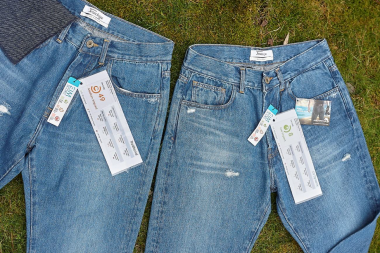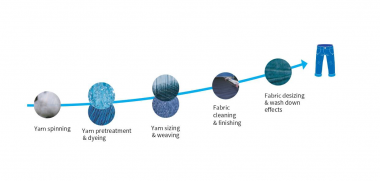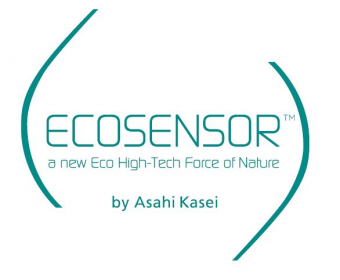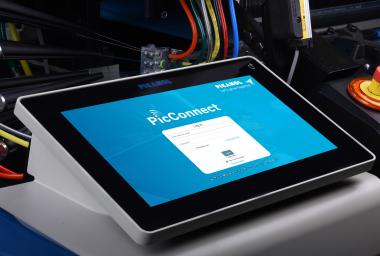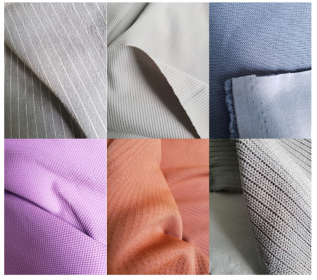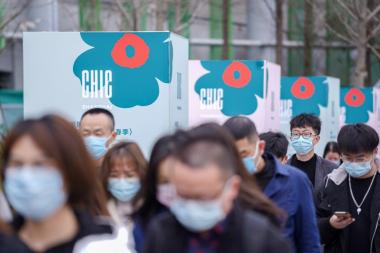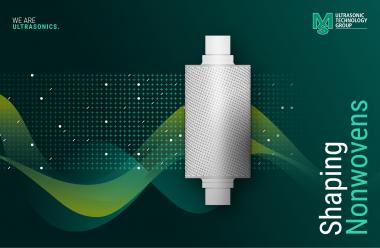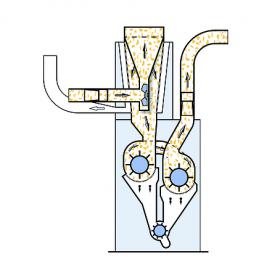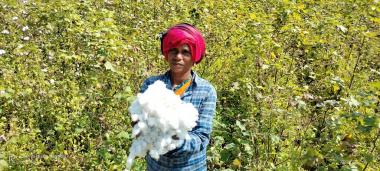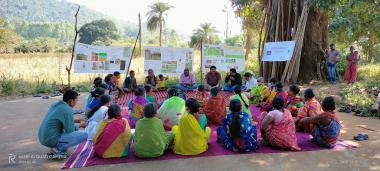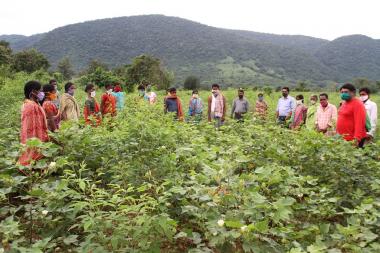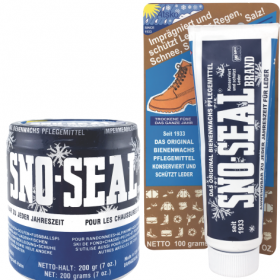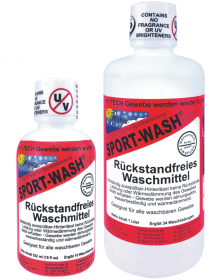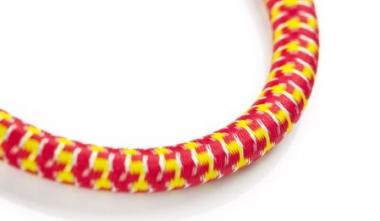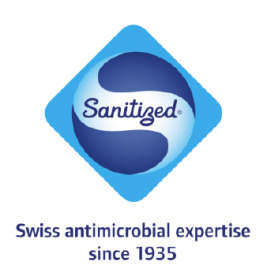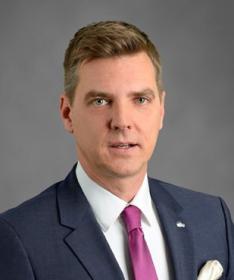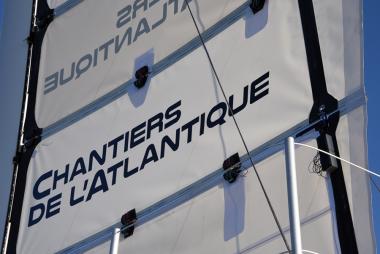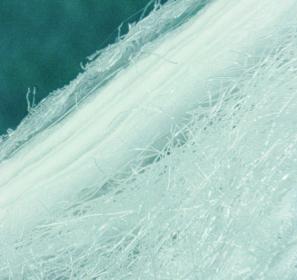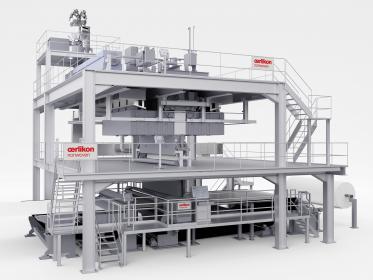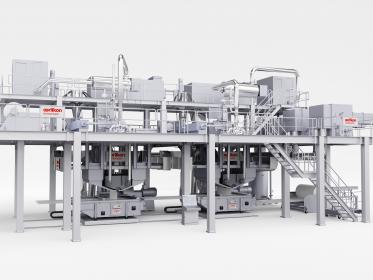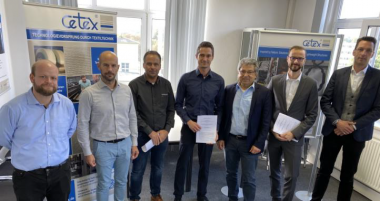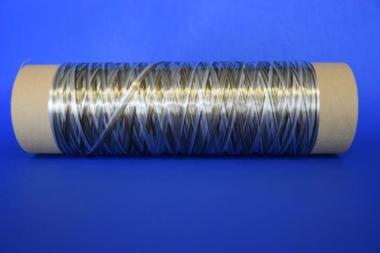Baldwin partners with Blutec S.A. de C.V. to serve Mexico’s textile industry
Baldwin Technology Company Inc. has forged a new partnership with Blutec S.A. de C.V., which now represents Baldwin’s full range of innovative spray systems and corona/plasma treaters for wovens, knits and nonwovens in Mexico.
Blutec is a leading agency in the textile sector, representing many of the most reputable textile machinery manufacturers worldwide. Present in the Mexican market for more than 25 years, Blutec is committed to collaborating with companies on the forefront of textile manufacturing technology, including Brückner, Mahlo, EFI Reggiani, Ferraro and, now, Baldwin.
Baldwin’s precision spray systems for finishing and remoistening use non-contact spray technology to provide optimal controlled coverage of the exact amount of liquids needed to achieve the specific characteristics of the fabric—saving customers time, money and valuable resources. Because only the required amounts of water and chemicals are applied, water consumption can be reduced by up to 50%, contributing to considerably improved productivity in the finishing process.
In addition, these solutions can process a wide range of low-viscosity water-based chemicals—such as softeners, antimicrobial agents, durable water repellents, flame retardants and more—for woven fabrics, knitted textiles and nonwovens.
Baldwin Technology Company Inc. / Barry-Wehmiller










